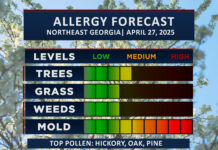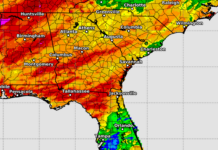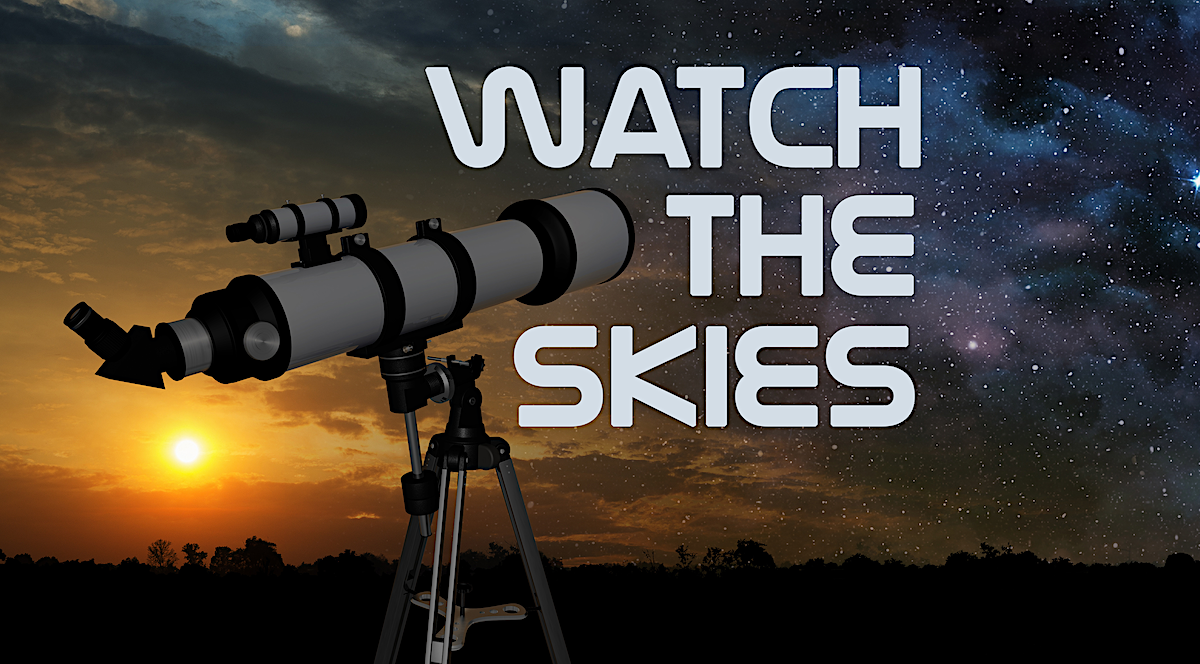
It’s been a while since we had a comet bright enough to talk about. You have to go all the way back to Comet Neowise in July of 2020 to find the last naked eye comet, and there haven’t been any comets of note since then. While no ground-breaking or incredibly bright comets lurk on the horizon just yet we do have a new comet to keep an eye on during the next couple weeks.
The comet’s official name is C/2021 A1(Leonard). It gets its name from its discoverer: G. J. Leonard who picked it up right about the orbit of Jupiter at 5 Earth distances from the sun (5AU). It was also the first comet discovered this year hence getting the A1 designation. It was also discovered exactly 1 year from its perihelion, or closest approach to the sun which will occur on January 3, 2022.

A lot of comets are discovered at the 5AU distance because that is the point where it is close enough to the sun for water and methanol to sublimate (turn straight from ice to gas). This increases the inbound rock’s brightness dramatically and the comet begins to develop its tail. This is where the speed of the comet begins to increase significantly as it gets closer to the sun as well. Comet Leonard is travelling at a whopping 158,054MPH as it falls towards the sun which is extremely fast for a comet. Its speed and angle of orbit will ensure that it never returns to our solar system, though. Once it makes its closest approach to the sun it will be traveling fast enough to be ejected from the solar system, eventually travelling into interstellar space. Leonard won’t be getting particularly close to the sun as far as comets are concerned, with a closest approach outside the orbit of Mercury at around 0.6 Earth distances, or 0.6AU.
So, what can we expect here in Northeast Georgia?
A lot of unknowns exist with every comet. It is highly unlikely that Leonard becomes an overly bright comet, but it has a decent chance to become a naked eye one and a very good chance to be a great binocular and small telescope object. Currently the comet is only visible through small telescopes or a pair of strong binoculars. It will be brightening over the coming days. It is expected to reach a maximum of around 4th magnitude which would make it a naked eye object in good skies and a great binocular/telescope object. Exactly when that happens is hard to pinpoint but stay tuned for any updates as I will pass them along here on Now Habersham.
Unfortunately for us in the Northern Hemisphere, Leonard will be getting lower in the sky in the early morning as it approaches the sun. After December 14-16 the comet will transition to an evening object before eventually dropping below the horizon and becoming visible only from the Southern Hemisphere. I’ve included some star charts below courtesy of www.earthsky.org. The comet’s forward speed will cause it to move fairly quickly in the sky from day to day. More star charts can be found at the link above.
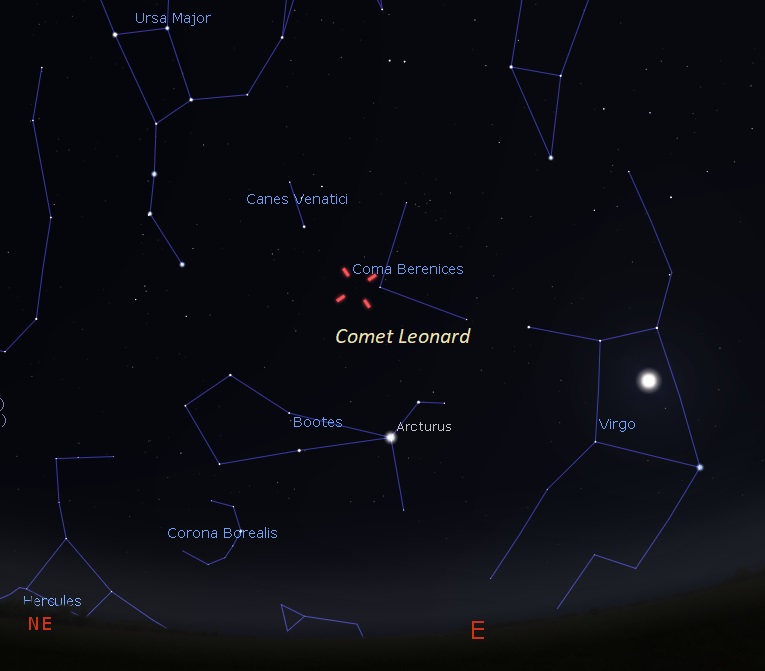
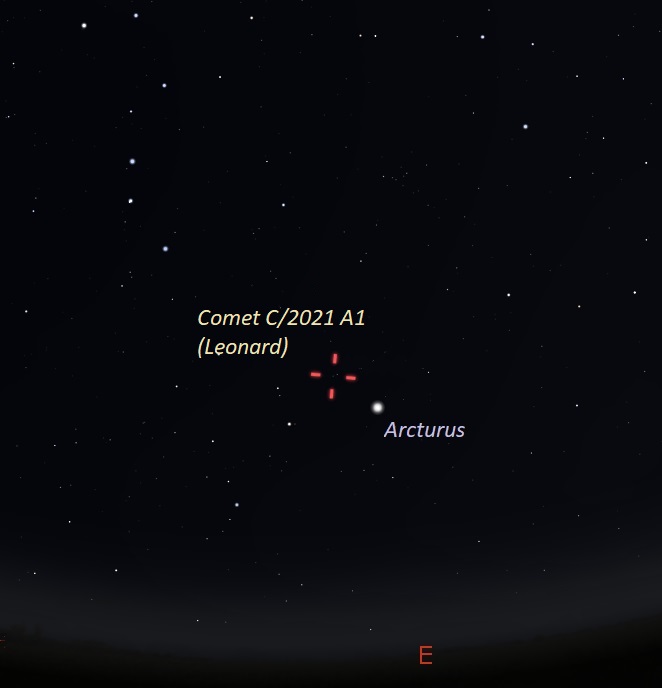

Hopefully Leonard overperforms the current expectations and becomes a bright comet, but it more likely to become a dim naked eye one over the next 2 weeks.
Check back next week for an update on our quick moving friend and until then keep looking up and always watch the skies!



